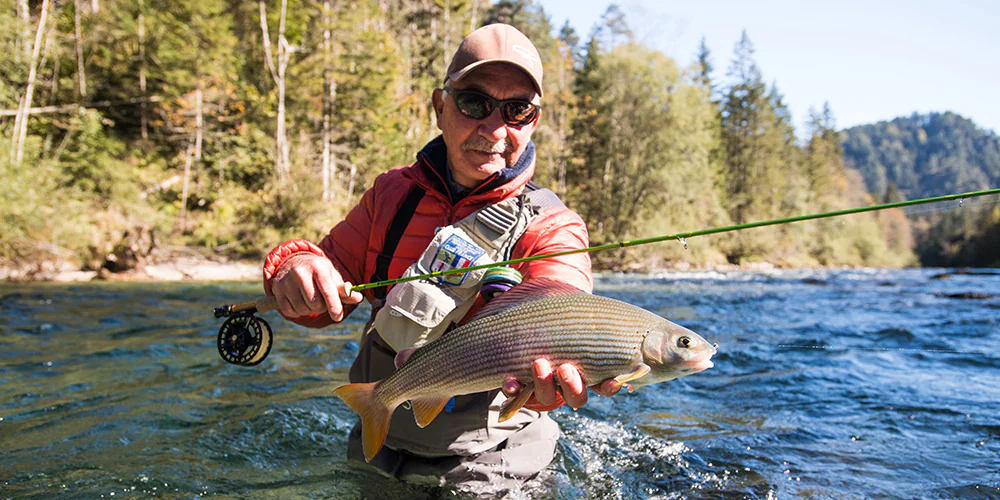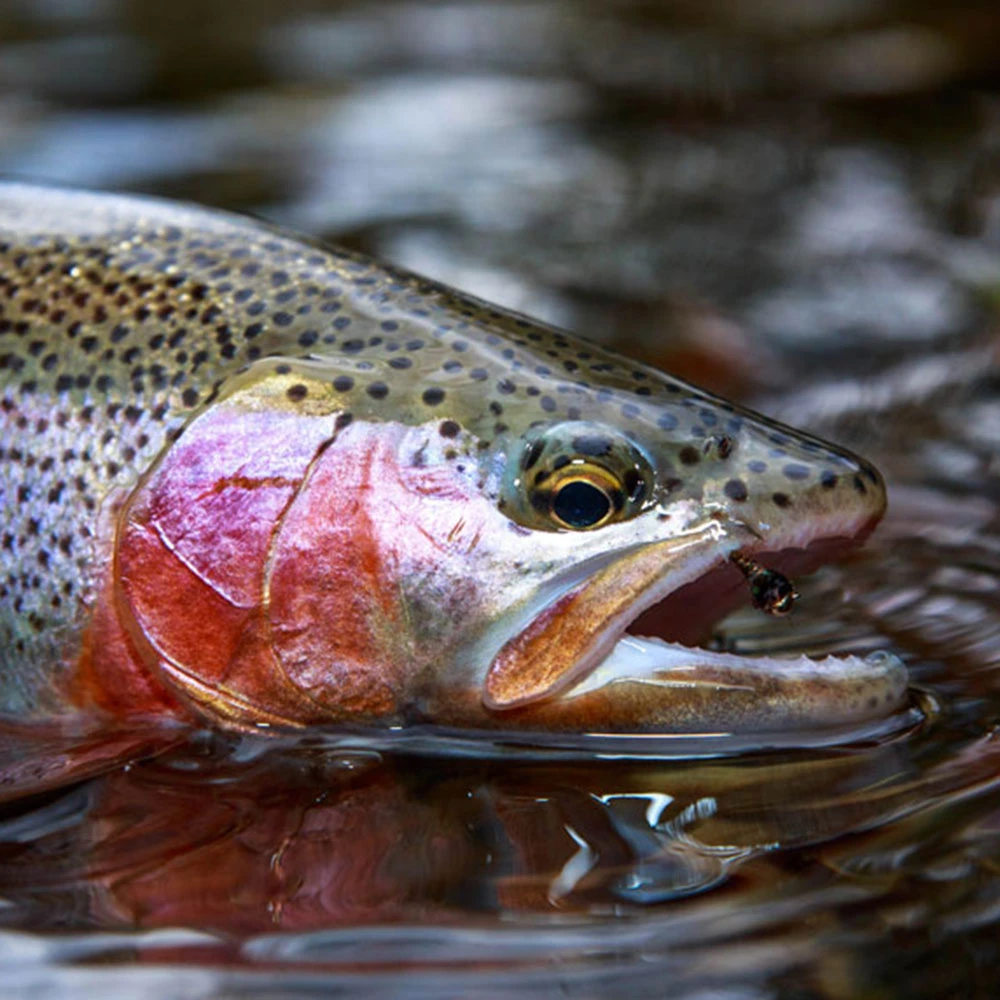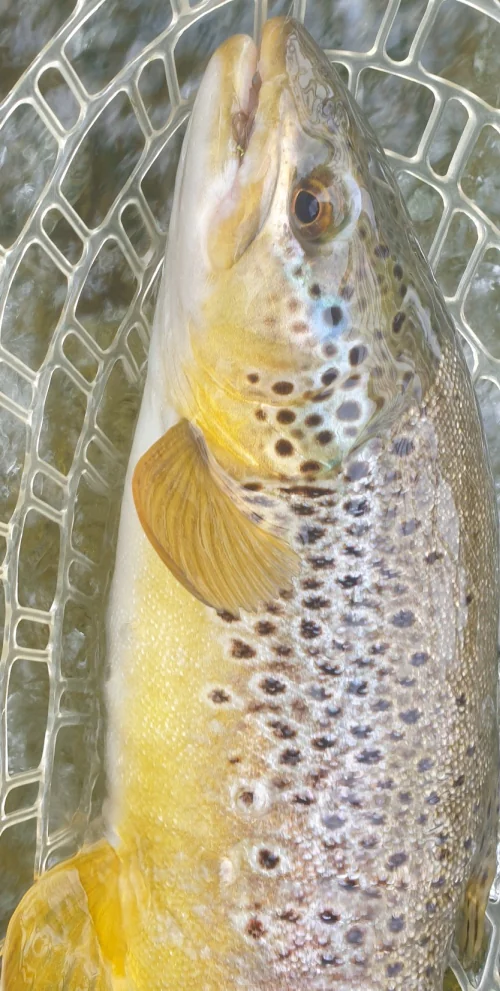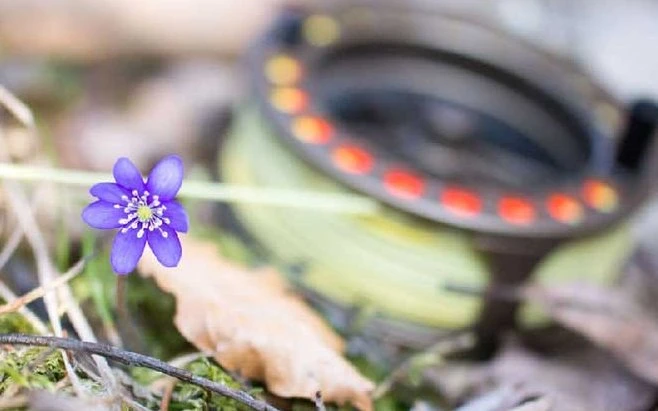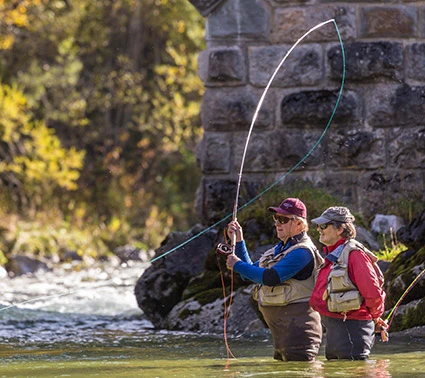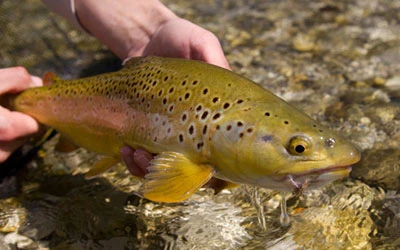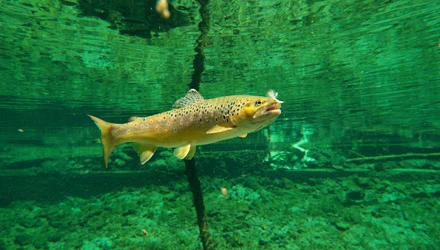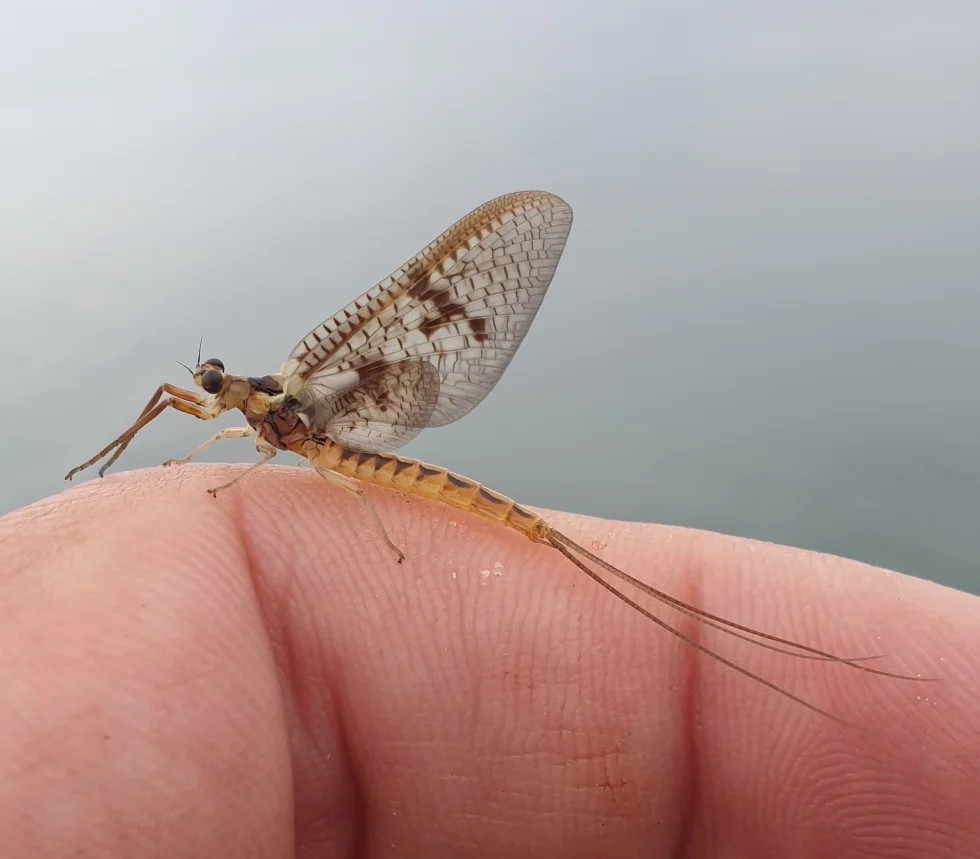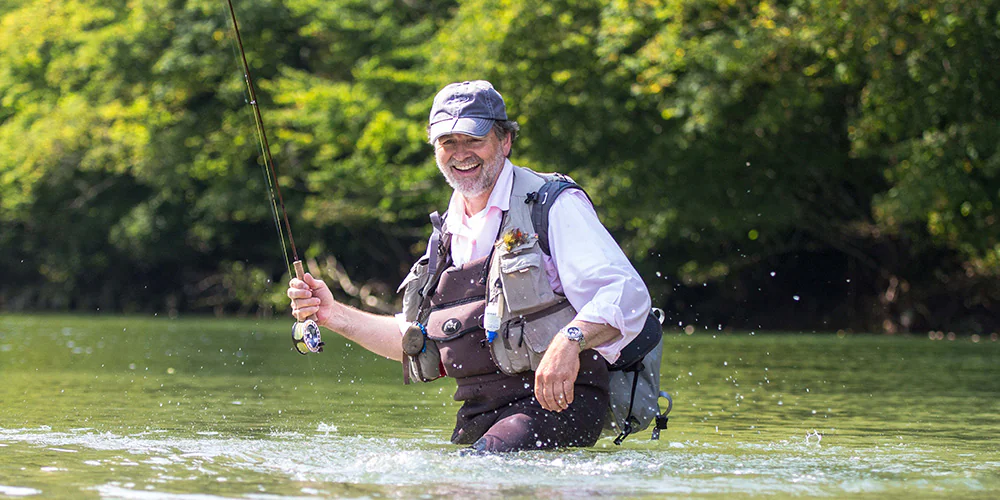
What is fly fishing?
Fly fishing is considered one of the most beautiful hobbies ever!
For some it is a hobby, for others it is a passion or even a lifelong passion!
What is fly fishing? Basics, terms, explanations
For us, fly fishing is...
- really easy to learn (contrary to popular opinion)
- challenging and exciting in nature
- a great passion from childhood to old age
- a gentle way to catch fish - suitable for learning patience and humility
- it has a relaxing and calming effect
- a great freedom and give you wonderful experiences with friends and in nature
- very often associated with a high level of perception and understanding of nature
- a real fascination that brings joy alone or in a group
- a great hobby with which you can travel all over the world to practice it there
- a very conscious handling of the fish
- practiced nature conservation
- it is by no means elitist!
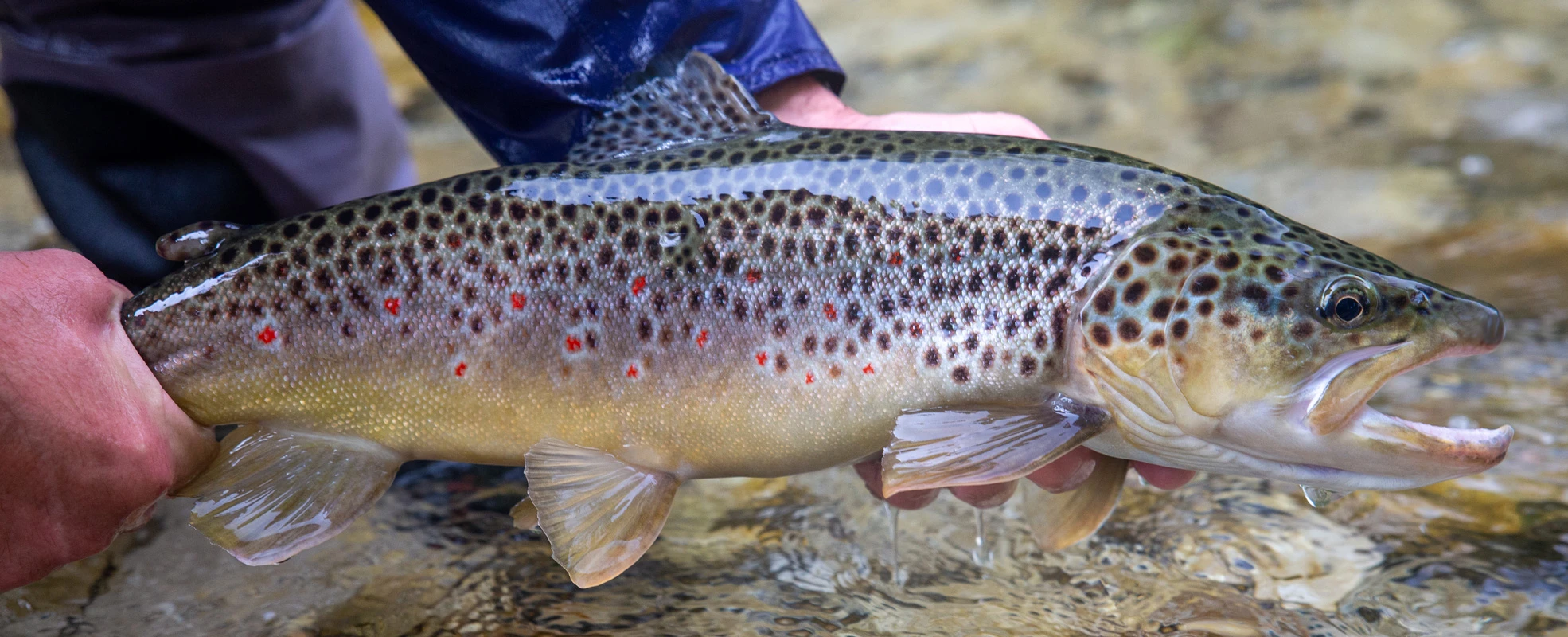
What equipment is necessary for fly fishing?
Fly Rod - Design, Action, Material
The action and performance of a fly rod is significantly influenced by three factors:
Fly reel - Construction, breaking system etc.
Injection molding (plastic), die casting (aluminum), milled from a block (aluminum)
Construction: How is the fly reel constructed?
Single action, direct drive with braking system or anti-reverse Braking systems:
what kind of braking system does the reel have? Cork drag, metal drag, carbon drag, clicker drag
For light trout fishing there are nice entry-level reels with a decent brake.
Fly Line
1. Swimming characteristics of a fly line:
floating = floatingIntermediate = very slightly sinking
Floating/sinking = floating main line with sinking tip
Sinking 3 = sinking at about 3 inches per second (about 8 cm per second)
Sinking 5 = sinking at about 5 inches per second (about 12.5 cm per second) Sinking
7 = sinking at about 7 inches per second (about 18 cm per second)
Full sinking = full sinking fly line
2. Line class / weight of a fly line:
3. Core structure of a fly line:
4. Structure / taper of a fly line:
Fly line backing
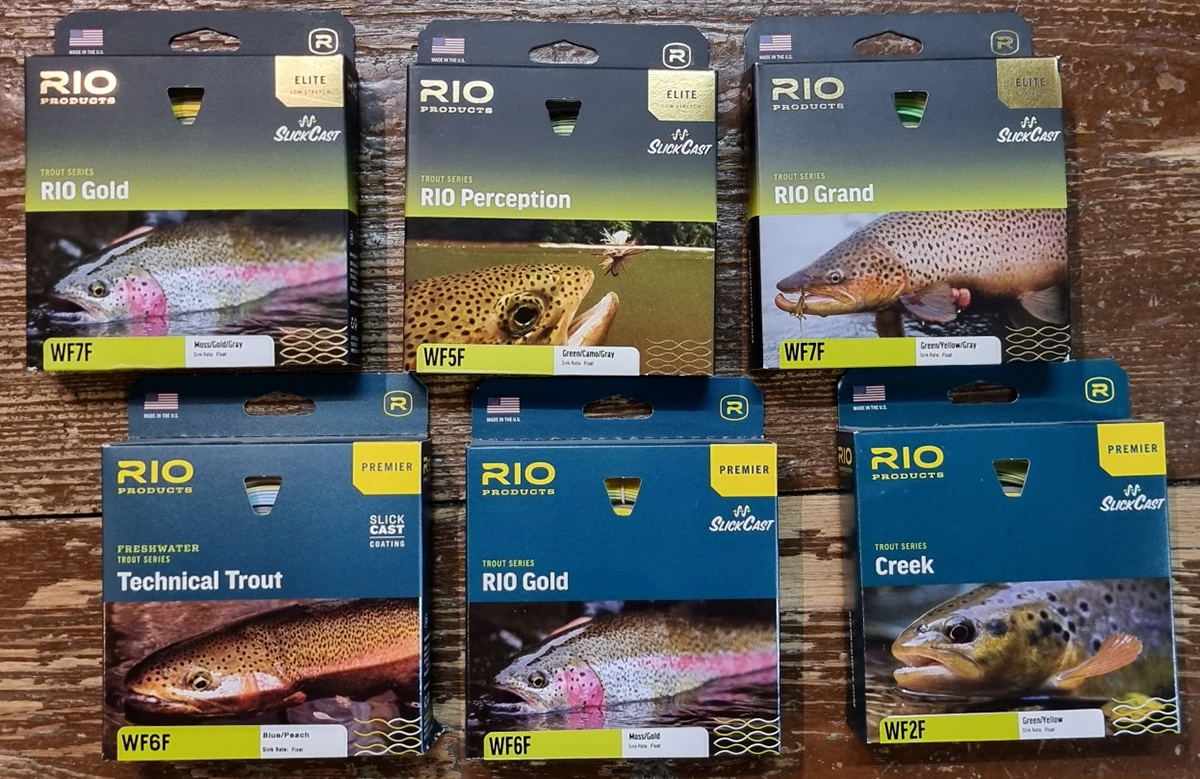
Fly Leader for Fly Fishing
Accessoires for Fly Fishing
Arterial forceps are also important in order to be able to remove a hook from a fish's mouth as gently as possible. You can often press the barb of a fly with these pliers.

